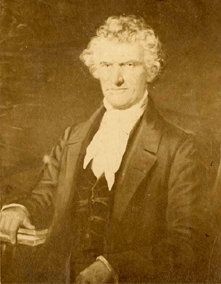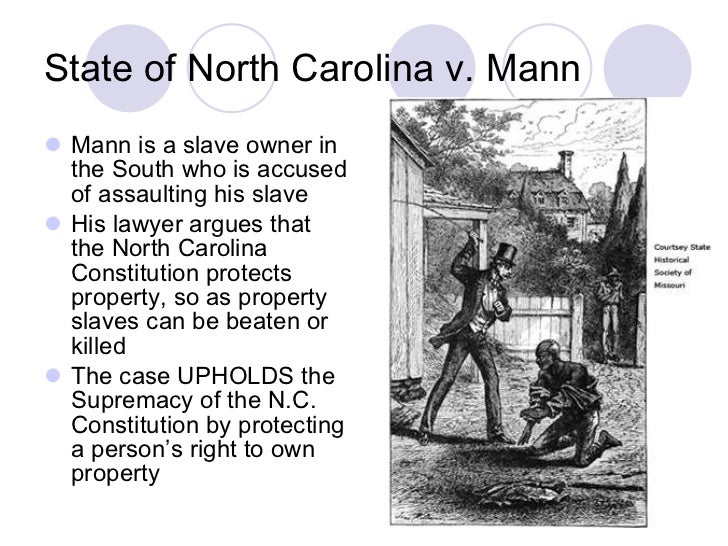Both sides gave very convincing arguments in Moot Court. There were very strong points on both sides of the court room. The team arguing for Scott's freedom used different court cases such as Winny versus Whitesides in 1824 and the 1787 Northwest Ordinance. The Northwest Ordinance was put into place for the Northwest Territories which were slowly becoming states. The Northwest Ordinance stated that any state over the 38th Parallel was a free state while any state below the 38th Parallel had the option of being a free state or a slave state.
Winny vs Whitesides was a case used in Scott's Moot Court. Winny a slave filed a civil suit to become free because slavery was not aloud in the Indiana Territory. Winny ended up winning this case and got her freedom however Dred Scott was not as lucky.
Scott's litigation team in Moot Court also argued points such as life liberty and the pursuit of happiness. Scott's litigation team also used the Missouri Compromise of 1820.

Chief Justice Roger Taney ruled in favor of Sanford just as the honorable Judge Smith of our Moot Court did as well. Sanford's litigation team came out on top. I believe the case was over almost instantly because one of the main points brought up by the litigation team was that Scott was not a citizen of the United States therefor he could not sue. Sanford argued the fact that because Scott was not a citizen there was nothing the court could do.
Other points brought about included the fact that Scott was purchased. Sanford was not reimbursed which is an illegal way to go about obtaining property or in Scott's case freedom. This is illegal because of the Fifth Amendment which states it is illegal to take property without compensation. Other points that were argued include the fact that slavery was still legal under the constitution of 1789. There was no way for Scott to appeal to the court because slaves and African Americans were not viewed as citizens.



